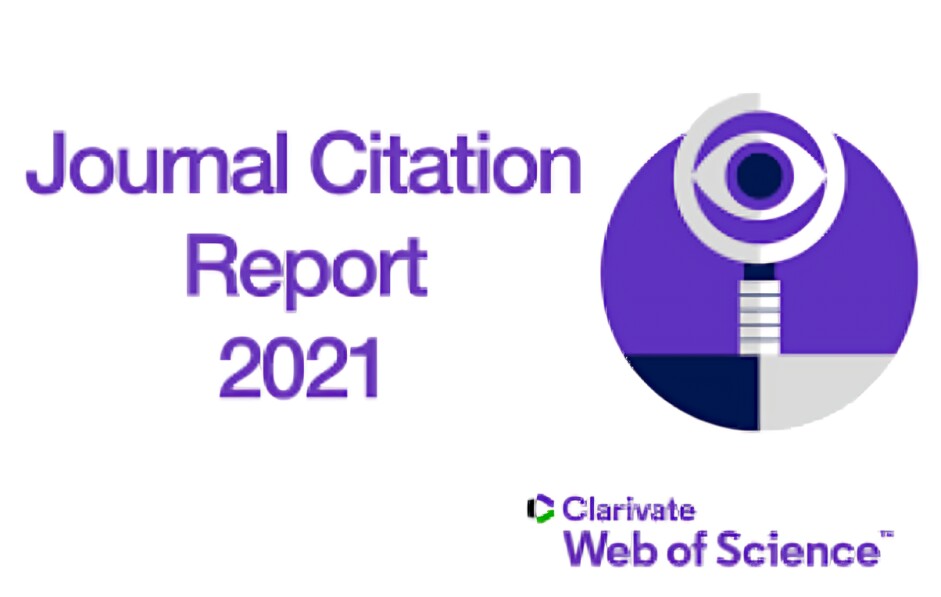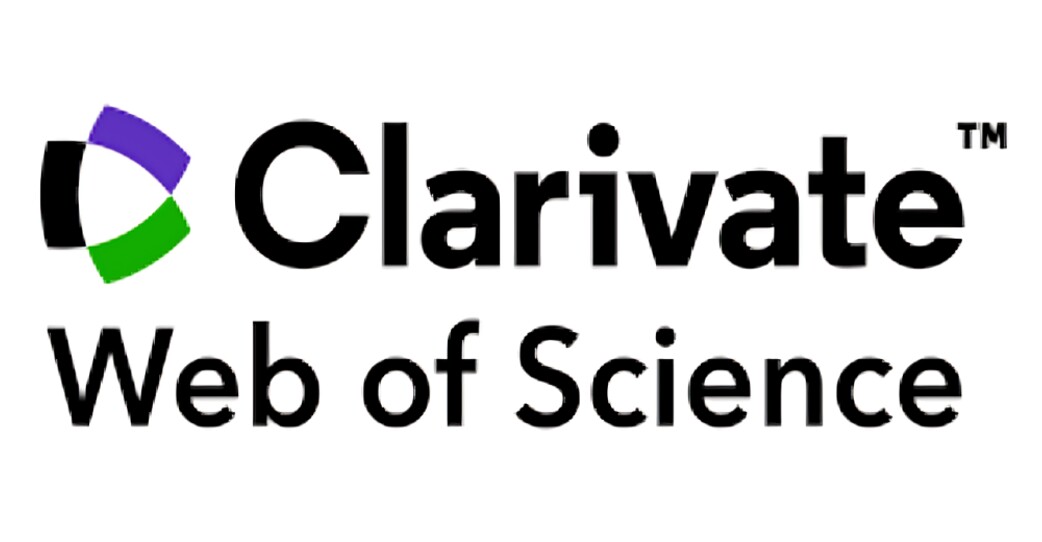کیفیه العثور على واستهداف مجلات Q1 و Q2 لبحثک


تُعتبر مجلات Q1 و Q2 منشورات أکادیمیه مرموقه تنشر أکثر الأبحاث تأثیرًا وأهمیه فی مجالاتها. وفقًا لدرجات التأثیر ومقاییس أخرى، تُصنف هذه المجلات فی أعلى 25% (Q1) و25-50% (Q2) من تخصصاتها. تشتهر هذه المجلات بمعاییرها العالیه، التی تتطلب بحثًا دقیقًا، وکتابه واضحه، ومساهمات مهمه فی المعرفه. ولکن، کیف تتنقل فی هذا المشهد التنافسی وتحقق النجاح فی النشر فی هذه المجلات المرموقه؟
یُعد JCR، الذی تصدره شرکه Clarivate Analytics، المصدر الرئیسی لترتیب المجلات. یمکنک البحث عن المجلات حسب مجال الموضوع، والاطلاع على عوامل التأثیر، وترتیب الرباعیات (Quartile Rankings)، ومعلومات هامه أخرى. یوفر JCR رؤى تفصیلیه حول ترکیز المجله، وسیاساتها التحریریه، وتاریخ الاقتباسات، مما یساعدک على تحدید مدى ملاءمتها لبحثک.

تُعد Scopus قاعده بیانات شامله توفر تصنیفات المجلات وعوامل التأثیر، مع إمکانیه التصفیه حسب الموضوع لتحدید مجلات Q1 و Q2 بسهوله. کما تقدم أدوات لتحلیل اتجاهات الاقتباس، والعثور على الأبحاث ذات الصله، واستکشاف فرص التعاون المحتمله.

تشبه Web of Science قاعده Scopus، حیث توفر تصنیفات المجلات وعوامل التأثیر، مما یجعلها مصدرًا قیّمًا للعثور على منشورات من الدرجه الأولى. کما تقدم محرک بحث قوی وأدوات لتحلیل الاقتباسات تساعدک على اکتشاف الأبحاث ذات الصله وتقییم تأثیر المجلات المحتمله.

لدى العدید من التخصصات قواعد بیانات متخصصه تسرد المجلات ذات الصله بالمجال، وغالبًا ما تتضمن تصنیفات وعوامل تأثیر. على سبیل المثال، PubMed مخصصه لأبحاث الطب الحیوی، بینما PsycINFO ترکز على علم النفس والمجالات ذات الصله

للتألق فی عالم مجلات Q1 و Q2 التنافسیه، یجب أن یفی بحثک بمعاییر صارمه:

یجب أن یکون بحثک أصلیًا، مصممًا بشکل جید، ویساهم فی مجالک. یجب أن یعالج مشکله ذات صله، ویقدم رؤى جدیده، ویُعزز فهم موضوعک. کما یجب أن یکون البحث مستندًا إلى أساس نظری دقیق ومدعوم بأدله قویه.

یجب توضیح الأسالیب المستخدمه فی بحثک بوضوح، وأن تکون مناسبه لسؤال البحث، ومطبقه بعنایه. یجب أن تکون المنهجیه قابله للتکرار ومتوافقه مع الممارسات الأخلاقیه فی البحث.

یجب أن یکون بحثک مکتوبًا بأسلوب واضح وجذاب، باستخدام لغه وبنیه مناسبه. یجب أن یکون سهل الفهم حتى للقراء خارج تخصصک. کما یجب أن یخلو من الأخطاء اللغویه، والمصطلحات المعقده، والتعقید غیر الضروری.

یجب أن یکون لبحثک دلالات واضحه وتأثیر محتمل على مجالک. یجب أن یبرز قیمه نتائجک ومساهماتها المحتمله فی الأبحاث المستقبلیه. کما یجب أن یعبر الورقه بوضوح عن الأهمیه الأوسع للبحث وتطبیقاته المحتمله.

اتبع بدقه إرشادات التنسیق الخاصه بالمجله فیما یتعلق بالأقسام، والاستشهادات، والمراجع، والتنسیق العام. أظهر اهتمامک بالتفاصیل واحترامک لمعاییر المجله. عدم الالتزام بهذه الإرشادات قد یؤدی إلى رفض فوری.
إلیک کیف یمکننا زیاده فرص قبولک:
التحریر الخبیر
سوف یعمل فریقنا من المحترفین على تنقیح کتابتک لضمان الوضوح، والإیجاز، والدقه الأکادیمیه.
التنسیق الدقیق
سنقوم بتنسیق مخطوطتک لتلبیه إرشادات المجلات المستهدفه بدقه، مما یترک انطباعًا مهنیًا وراقیًا.
مساعده استراتیجیه فی تقدیم المجلات
سنساعدک على تحدید المجلات المثالیه لبحثک، لتعظیم فرص قبولک.
دعم شخصی
نعمل معک عن قرب لضمان إعداد مخطوطتک بشکل یضمن النجاح.
فهم عمیق للنشر الأکادیمی:
فریقنا على درایه بالمعاییر الصارمه للنشر الأکادیمی، وسیرشدک خلال العملیه بخبره واحترافیه.
عملیه تقدیم طلب فی أکادیمیه سیتا

شارک نطاق بحثک |

استلم قائمه المجلات |

اختر مجلتک |

التنسیق وتقدیم الطلب |
إذا کان لدیک أی أسئله، استفسارات، أو ترغب فی معرفه المزید عن خدماتنا، فلا تتردد فی التواصل معنا. فریقنا المخصص مستعد لمساعدتک.